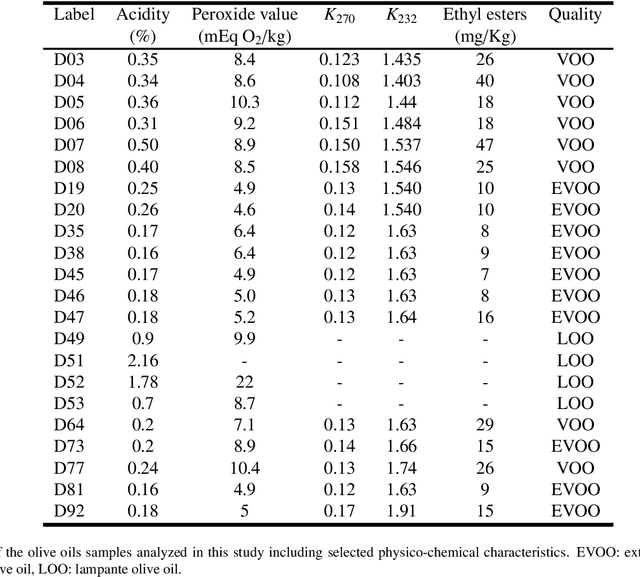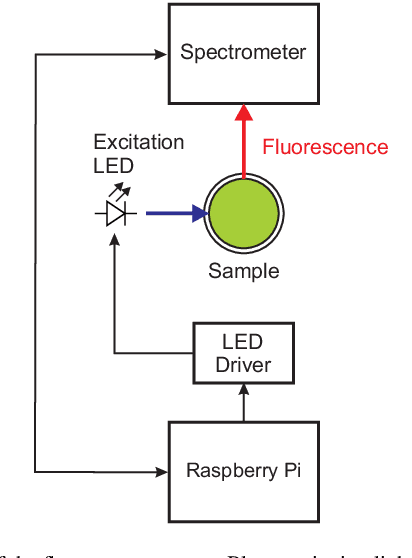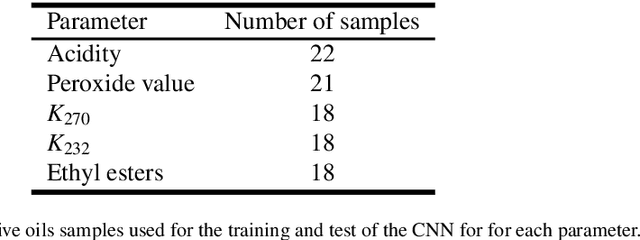Arnaud Gucciardi
Class-Conditional self-reward mechanism for improved Text-to-Image models
May 22, 2024



Abstract:Self-rewarding have emerged recently as a powerful tool in the field of Natural Language Processing (NLP), allowing language models to generate high-quality relevant responses by providing their own rewards during training. This innovative technique addresses the limitations of other methods that rely on human preferences. In this paper, we build upon the concept of self-rewarding models and introduce its vision equivalent for Text-to-Image generative AI models. This approach works by fine-tuning diffusion model on a self-generated self-judged dataset, making the fine-tuning more automated and with better data quality. The proposed mechanism makes use of other pre-trained models such as vocabulary based-object detection, image captioning and is conditioned by the a set of object for which the user might need to improve generated data quality. The approach has been implemented, fine-tuned and evaluated on stable diffusion and has led to a performance that has been evaluated to be at least 60\% better than existing commercial and research Text-to-image models. Additionally, the built self-rewarding mechanism allowed a fully automated generation of images, while increasing the visual quality of the generated images and also more efficient following of prompt instructions. The code used in this work is freely available on https://github.com/safouaneelg/SRT2I.
FlightScope: A Deep Comprehensive Assessment of Aircraft Detection Algorithms in Satellite Imagery
Apr 03, 2024Abstract:Object detection in remotely sensed satellite pictures is fundamental in many fields such as biophysical, and environmental monitoring. While deep learning algorithms are constantly evolving, they have been mostly implemented and tested on popular ground-based taken photos. This paper critically evaluates and compares a suite of advanced object detection algorithms customized for the task of identifying aircraft within satellite imagery. Using the large HRPlanesV2 dataset, together with a rigorous validation with the GDIT dataset, this research encompasses an array of methodologies including YOLO versions 5 and 8, Faster RCNN, CenterNet, RetinaNet, RTMDet, and DETR, all trained from scratch. This exhaustive training and validation study reveal YOLOv5 as the preeminent model for the specific case of identifying airplanes from remote sensing data, showcasing high precision and adaptability across diverse imaging conditions. This research highlight the nuanced performance landscapes of these algorithms, with YOLOv5 emerging as a robust solution for aerial object detection, underlining its importance through superior mean average precision, Recall, and Intersection over Union scores. The findings described here underscore the fundamental role of algorithm selection aligned with the specific demands of satellite imagery analysis and extend a comprehensive framework to evaluate model efficacy. The benchmark toolkit and codes, available via https://github.com/toelt-llc/FlightScope_Bench, aims to further exploration and innovation in the realm of remote sensing object detection, paving the way for improved analytical methodologies in satellite imagery applications.
Symbrain: A large-scale dataset of MRI images for neonatal brain symmetry analysis
Jan 22, 2024Abstract:This paper presents an annotated dataset of brain MRI images designed to advance the field of brain symmetry study. Magnetic resonance imaging (MRI) has gained interest in analyzing brain symmetry in neonatal infants, and challenges remain due to the vast size differences between fetal and adult brains. Classification methods for brain structural MRI use scales and visual cues to assess hemisphere symmetry, which can help diagnose neonatal patients by comparing hemispheres and anatomical regions of interest in the brain. Using the Developing Human Connectome Project dataset, this work presents a dataset comprising cerebral images extracted as slices across selected portions of interest for clinical evaluation . All the extracted images are annotated with the brain's midline. All the extracted images are annotated with the brain's midline. From the assumption that a decrease in symmetry is directly related to possible clinical pathologies, the dataset can contribute to a more precise diagnosis because it can be used to train deep learning model application in neonatal cerebral MRI anomaly detection from postnatal infant scans thanks to computer vision. Such models learn to identify and classify anomalies by identifying potential asymmetrical patterns in medical MRI images. Furthermore, this dataset can contribute to the research and development of methods using the relative symmetry of the two brain hemispheres for crucial diagnosis and treatment planning.
Dataset of Fluorescence Spectra and Chemical Parameters of Olive Oils
Jan 10, 2023



Abstract:This dataset encompasses fluorescence spectra and chemical parameters of 24 olive oil samples from the 2019-2020 harvest provided by the producer Conde de Benalua, Granada, Spain. The oils are characterized by different qualities: 10 extra virgin olive oil (EVOO), 8 virgin olive oil (VOO), and 6 lampante olive oil (LOO) samples. For each sample, the dataset includes fluorescence spectra obtained with two excitation wavelengths, oil quality, and five chemical parameters necessary for the quality assessment of olive oil. The fluorescence spectra were obtained by exciting the samples at 365 nm and 395 nm under identical conditions. The dataset includes the values of the following chemical parameters for each olive oil sample: acidity, peroxide value, K270, K232, ethyl esters, and the quality of the samples (EVOO, VOO, or LOO). The dataset offers a unique possibility for researchers in food technology to develop machine learning models based on fluorescence data for the quality assessment of olive oil due to the availability of both spectroscopic and chemical data. The dataset can be used, for example, to predict one or multiple chemical parameters or to classify samples based on their quality from fluorescence spectra.
Physico-chemical properties extraction from the fluorescence spectrum with 1D-convolutional neural networks: application to olive oil
Apr 09, 2022



Abstract:The olive oil sector produces a substantial impact in the Mediterranean's economy and lifestyle. Many studies exist which try to optimize the different steps in the olive oil's production process. One of the main challenges for olive oil producers is the ability to asses and control the quality during the production cycle. For this purpose, several parameters need to be determined, such as the acidity, the UV absorption or the ethyl esters content. To achieve this, samples must be sent to an approved laboratory for chemical analysis. This approach is expensive and cannot be performed very frequently, making quality control of olive oil a real challenge. This work explores a new approach based on fluorescence spectroscopy and artificial intelligence (namely, 1-D convolutional neural networks) to predict the five chemical quality indicators of olive oil (acidity, peroxide value, UV spectroscopic parameters $K_{270}$ and $K_{232}$, and ethyl esters) from simple fluorescence spectra. Fluorescence spectroscopy is a very attractive optical technique since it does not require sample preparation, is non destructive, and, as shown in this work, can be easily implemented in small and cost-effective sensors. The results indicate that the proposed approach gives exceptional results in the quality determination and would make the continuous quality control of olive oil during and after the production process a reality. Additionally, this novel methodology presents potential applications as a support for quality specifications of olive oil, as defined by the European regulation.
 Add to Chrome
Add to Chrome Add to Firefox
Add to Firefox Add to Edge
Add to Edge